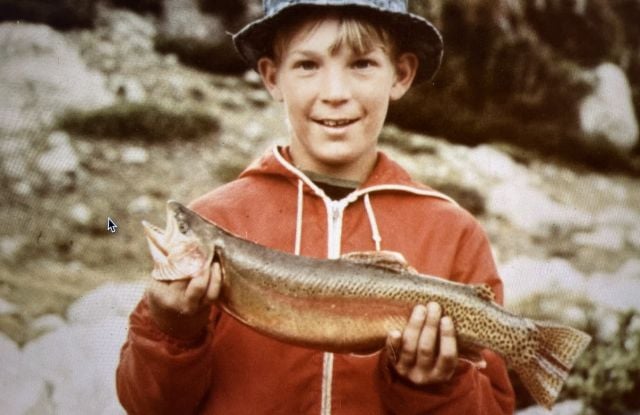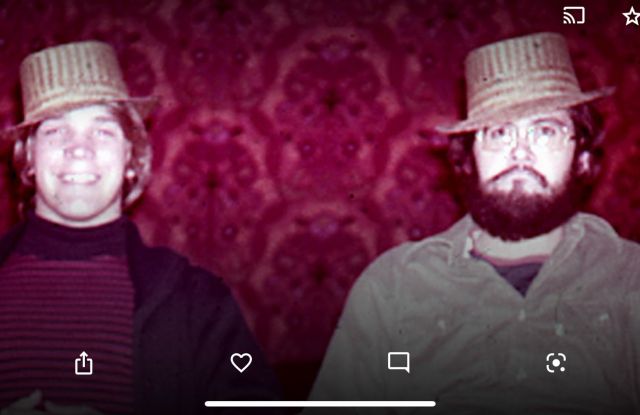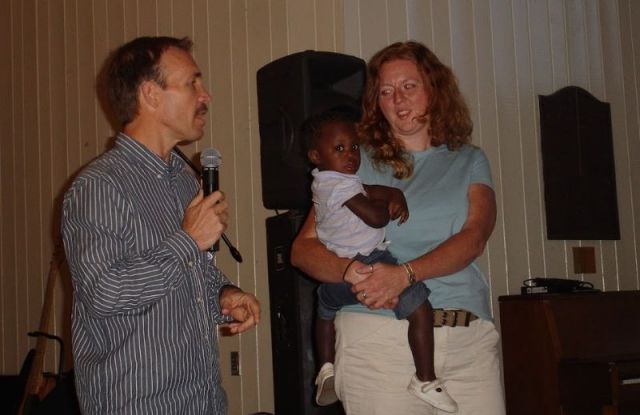How AIM Started: The First Days of AIM

So I didn’t close the door on ministry. I started AIM begrudgingly
almost, while keeping my options open with a variety of other
business propositions. At the same time, life on the home front was
difficult. Karen was pregnant with our fifth child. We had no
insurance and nobody to pay me a salary. God was showing us that all
we really needed was Him.
 The first AIM project was to an orphanage in Montego Bay, Jamaica.
The first AIM project was to an orphanage in Montego Bay, Jamaica.
In 1990 I led five projects. Several of them were for disaster
relief in the wake of Hurricane Hugo. I knew short-term projects
changed lives because my life had been changed by two projects I’d
gone on as a high school student. But I had no clue about how to
minister. My prayers were rote affairs that I engaged in with a
heavy sense of discipline.
A project I led to Mexico with 60 junior high students made a big
impact on me. While we had planned to build homes for the poor and
do VBS, I had never seen junior high students go door-to-door and
share their faith. What I saw amazed me. Those students led over 200
people to Christ in a week’s time.
God comes through in the clutch
I had seen the light. The following summer, we took 750 people on
projects and most of them engaged in evangelistic ministry. Though I
had three new staff, it was a wild summer. Leading four projects
back to back in Mexico was a crazy thing to do. Each week found me
more exhausted and more dependent on God’s grace. One week I
couldn’t find the groups’ itineraries. So I frantically prayed,
“God, get me to the airport when they arrive.” And each time I’d
sense it was time to drive by the airport, I’d pull the van up just
as the group got off the plane in McAllen.
In those days, if God didn’t show up, I was dead meat. On the day
before the first project started, when the truck didn’t come to pick
up the wood that we needed to build houses on the project, it forced
me to take desperate measures. I went and rented a 24-foot Ryder
truck, loaded it with wood on the U.S. side and began driving the
truck toward the border crossing without any paperwork. I just had
time to call my mom and tell her, “Mom, you’ve got to pray; I don’t
have plan B. If I don’t get across, the project fails.”
When I got to the border, the guard waved the truck through as
though it were a normal thing.
By the end of a solid month of projects, I was a crispy critter. And
that’s how those early years were; I was driven and didn’t know how
to slow down. We moved out of our garage and into a strip mall. By
then, Lisa Finney, Sue Mast, Ron Campbell, and Bob Waag were with
me.
Discovering listening prayer
 At a retreat with Peter Lord later that year, God showed me that
At a retreat with Peter Lord later that year, God showed me that
there were greater possibilities and depths in prayer than I’d ever
imagined. I began to understand that it’s possible to hear the
Lord’s voice, that prayer can be a two-way street rather than a
boring monologue.
This newfound understanding about prayer began to filter through to
our projects. I wanted other people to experience what the Lord had
shown me. What a thrill it was to hear Him say He loved me. Everyone
needed to have an encounter like that! Later, Clint Bokelman and
Lisa Page went with me on a trip to Tampico, Mexico. Little did I
understand how important they’d be as partners in ministry with me.
In ’92 and ’93, I began to really wrestle with the downside of
short-term missions: unless there was follow-up, they were destined
to be mountaintop experiences that didn’t last. This was a
double-edged problem. American young people couldn’t sustain the
high of their trip back home, and the new converts on the field were
being left like orphans without anybody to care for them.
We started the intern program in order to address these problems.
Though I knew next to nothing about how to disciple, the inherent
flaw in a short-term mission experience forced us to begin to
grapple with it.
Simultaneously, I realized that we needed a base in Mexico to
facilitate our trips and train Mexicans to reach their own
countrymen. This sent us on a year-long search (recounted elsewhere)
for property that resulted in the establishment of the Gateway in
1994.



What stands out to me here: “In those days, if God didn’t show up, I was dead meat.” I’m so scared of this even though I know this where I need to be to get to the next level with Him!